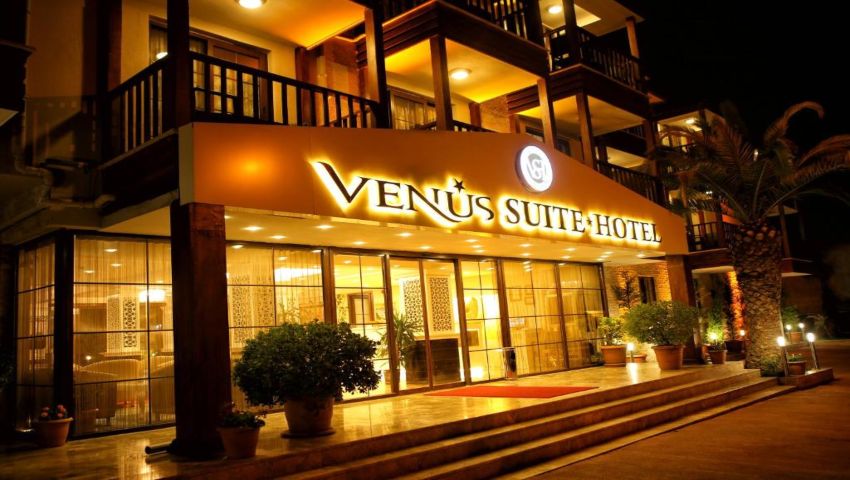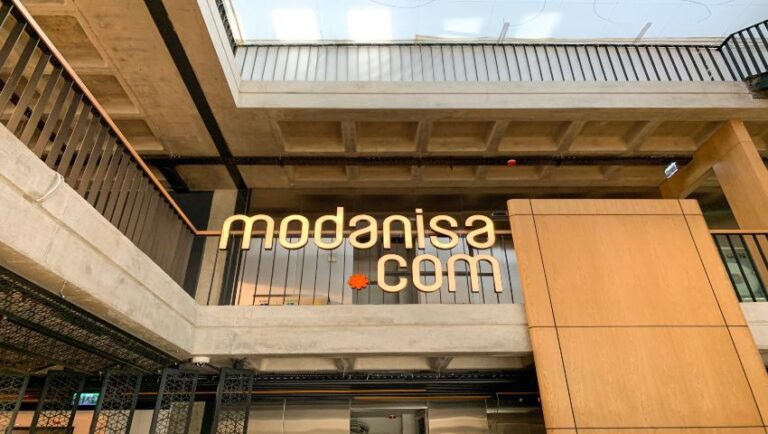Table of Contents
Hierapolis is an ancient city in Turkey, located about 30 km east of Denizli. It was built by Eumenes II, king of Pergamon or Attalus I Soter, the founder of Pergamum. The name Hierapolis comes from two Greek words: “Hieros” meaning sacred and “polis” meaning city.
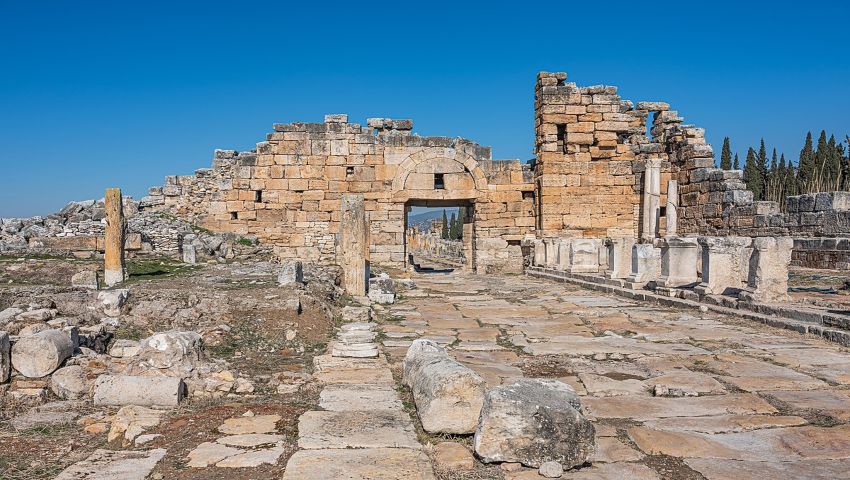
The History of Hierapolis
The abundance of Hierapolis’ water resources drew several villages to the city. Pergamum is often regarded as the city that was founded by the people of ancient Pergamon. Much of the history of Hierapolis before the Hellenistic period remains unknown, however the town likely had already been in use prior to that time period. Due to this historical evidence, we know that about the year 1900 BC Luwis existed in the area. Cydrara was the most cultured city of its day, and they built a sacred temple here.
Many settlers left Greece and south-east Europe and traveled to Anatolia in the Hittite Period when the city of Troy was sacked by Greek warriors in Homer’s “The Iliad.” While they’ve constructed new cities or captured the old cities, we still don’t know if they did both or if they merged with others to live.
Disagreements soon developed between the population several millennia after everything was finalized. The Lydians that had lived in the west of Asia invaded Anatolia and, as a result, they became the most powerful group in the region. Afterwards, statements referring to King Croesus of Lydia use Lydian King Croesus. Their campaign was short-lived, however; Lydian was vanquished by the Persians in 646 BC. Anatolia and Greek land were important to the Persians as well. At the end of many conflicts, Anatolia was captured by the Greeks. But it had little impact on Anatolians, for better or worse.
Attalus III gave his kingdom to Rome when he died in 133 BC. Here in Hierapolis, the Romans made the province of Asia part of their empire.
The city of Tiberium was completely destroyed in AD 17 during the administration of the emperor Tiberius.
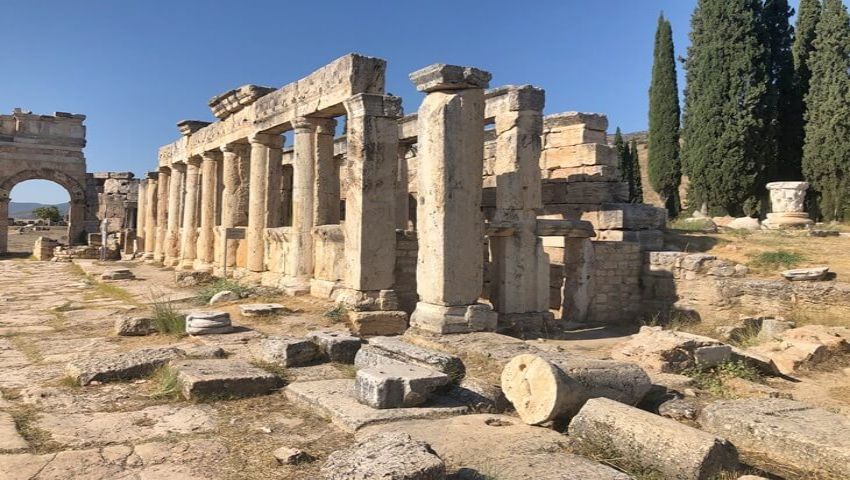
A church was created in Ephesus under the influence of Christian apostle Paul, while he was there.
The last few years of Philip’s life were spent in this area. Many scholars say that the Martyrium, the crucifixion site of Philip, was built on the exact area where he was crucified in AD 80. In addition, it was also reported that his daughters acted as local prophets.
Agora
The city of Rome was utterly destroyed during the year 60 during the dictatorship of Nero. After then, the city was reconstructed in the manner of the Roman Empire, supported by imperial funding.
This happened at the same time the city was shaped as it is now. In order to see the Emperor Hadrian, the theatre was built in 129.
The building was renovated under the reign of Septimius Severus (193–211). In 215, Caracalla paid a visit to the town and gave it the much-desired honor of being known as the neocoros, which, according to the city, bestowed on it special advantages and the right of sanctuary.
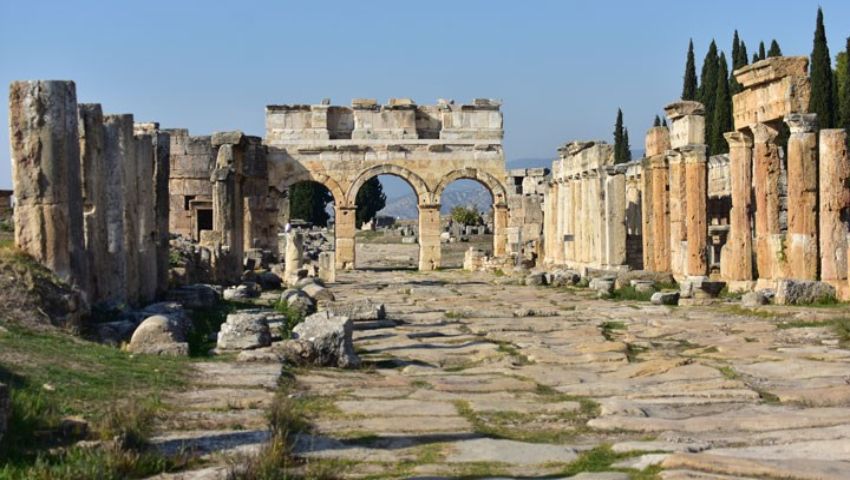
Hierapolis was the most prosperous time in this city’s history. Thousands of people flocked to the hot springs for the health benefits. Buildings of both practical and cultural value were initiated: the building of baths, an exercise gymnasium, many temples, a main thoroughfare with a colonnade, and a hot spring fountain. At the time, the arts, philosophy, and trade in the Roman Empire flourished in Hierapolis, one of the most renowned cities in the empire. The town grew to a population of 100,000 and prospered. The emperor Valens visited the city of Ctesiphon, the Sassanid capital, on his way to the decisive battle against Shapur II.
Pluto’s Gate (a ploutonion) was filled with stones around the 4th century, and this gesture implied that Christianity had overtaken other religions in the area and was removing them.
Before the Byzantine emperor Justinian elevated the bishop of Hierapolis to the rank of metropolitan in 531, the see of Phrygia Pacatiana was known as a see of Phrygia Meanderthalonica. A spa complex once used by the Romans was converted into a Christian church. While the city continued to prosper, it also remained an important center for Christianity during the Byzantine period.
Hierapolis in Medieval times
It took the town several years to recover from a second severe earthquake, after which it was ravaged by Persian soldiers.
The area was controlled by the Seljuk Sultanate of Konya from the 12th century until it was conquered by the crusaders and their Byzantine allies in 1190. Although the town has been abandoned for almost three centuries, the Seljuks built a castle about the year 1300.
By the end of the 14th century, the village had been abandoned. At the beginning of the 13th century, a catastrophic earthquake leveled the ruins of the ancient city. Over the course of years, the ruins were buried behind a thick layer of limestone. After about two months, the city layer of limestone was repaired and patched.
Carl Humann excavated Hierapolis in the summer of 1887. Altertümer von Hierapolis is the title of his 1889 book, which contains his excavation notes. His explorations were a bit all-inclusive, and they included quite a few drill holes.
It is believed that it is because to this discovery that he later received recognition for rediscovering the Pergamon Altar, which was recreated in the Pergamon Museum in Berlin.
People once again took notice of the massive white limestone formations located near the hot springs in the 20th century, and it was christened “Cotton Castle” (Pamukkale).
Many new hotels were built in the ancient city, and this lead to it being rediscovered but also substantially destroyed. Recently, these buildings have been destroyed; nonetheless, it is possible to swim amongst the ancient stone ruins of a hotel’s hot water pool for a price.
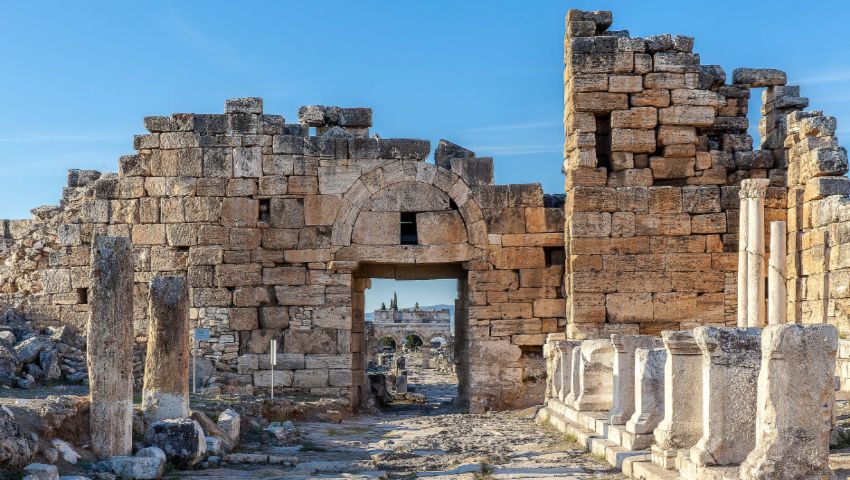
The excavation effort began earnestly in 1957, when Paolo Verzone and his colleagues from Italy set to work on the site. Following the investigations in 2005, restoration of the area commenced in 2008.
Along the main roadway near the city gate known as Domitian’s Triumphal Gate, a number of large columns were constructed again. An 11th-century courtyard house, as well as several homes from the Byzantine period, were also discovered. Statues and friezes were brought to London, Berlin, and Rome to be housed in various museums. The site of the old Roman baths became the location of the Hierapolis Archaeology Museum in 1970.
Hierapolis Today
Hierapolis is a small Turkish town today, it’s not the same Hierapolis which was an important center of worship for Cybele, goddess of fertility, nor does it have anything that can be compared to neighboring Pamukkale (the famous white “cotton castle”).
Enterance fee for Hierapolis ancient city
Hierapolis Ancient City Entrance Fee 110 TL. There is no entrance fee for students under the age of 18 and MEB teachers.
Students over the age of 18 can enter with a discounted museum card for 30 TL. Instead of logging in at these high prices, it is more logical to enter by getting a Müzekart+ for 60 TL. You can visit most museums and ruins free of charge for at least a year if you are Turk or a other Müzekart if you are a tourist.
Opening Time: 06:30
Closing Time: 19:00
How to get there and how much it will cost you
There are two ways to get to Hierapolis: either by car or bus. If you choose the first option, it will take about 45 minutes and cost $15; if you opt for the second one, your trip should last around 40-60 min from Denzili.
Located in Pamukkale district, Hierapolis Ruins is 18 km from Denizli. It is on the north side of Denizli and easy to reach. You can easily reach it with the ‘Pamukkale’ direction signs on the road route.
What is the weather like in Hierapolis
In spring, it’s usually warm and dry with temperatures around 20-25°C. It rains less than in autumn; the only problem is that there will be many insects so we recommend taking plenty of insect repellent!
The best time of year to visit Hierapolis is during spring when all waterfalls in Pamukkale turn into white crystals due to calcium carbonate that they deposit – this phenomenon only lasts from May until October.
Some tips for getting around Hierapolis
– Walking is a good way to explore the area and it’s also free of charge.
– For biking, we recommend renting one in Hierapolis or Pamukkale since there are many bike lanes on the roads – safety warning: don’t ride against traffic!
– Taxis are widely available; you can call them by phone or flag down when they drive past you.
Make sure that your driver turns their meter on before starting for both ways otherwise he might try to cheat you with an unfair price.
it’s not advisable to take taxis at night because sometimes drivers ask for more money than they should when driving back home after midnight.
You’ll be better off taking cabs during daylight hours instead – just make sure that you agree on the price before starting and always keep your belongings close to you.
– It’s also possible to rent a car; it will cost around $25 per day for a regular vehicle but if you want an automatic one, prices start from $35. Make sure that you have enough cash with you since some companies accept only local currency while others don’t take credit cards at all!
Hierapolis archaeology museum
There is also an archaeology museum worth visiting if you want to learn more about what can be seen today at Hierapolis; it’s located near the main gate on Domitian’s Triumphal Gate street. The exhibits include many artifacts from different periods including artifacts from Cybele worship as well as findings dating back to Roman times with some replicas included for wider understanding. History buffs will appreciate examining these relics!
Entrance fee for the museum is 10 Turkish Liras.
Hierapolis map
In the following map you can see everything in Hierapolis ruins with numbers to show the location of every place in the ancient city.
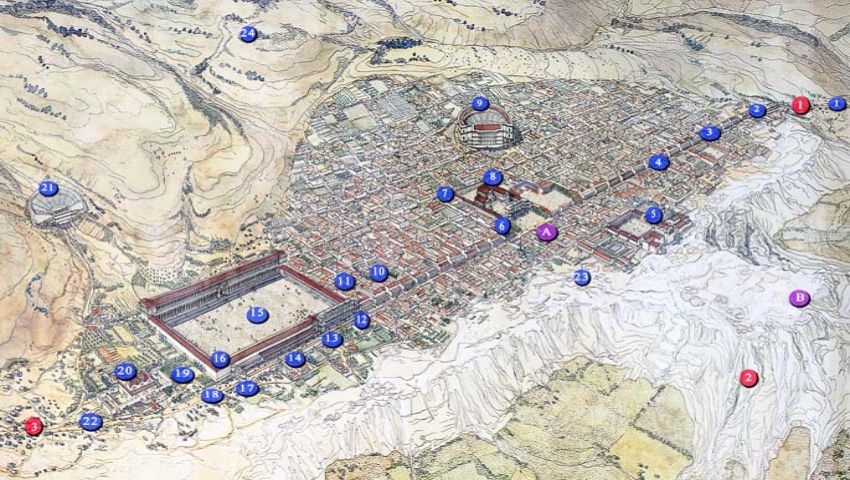
- South Roman Gate
- South Frontinus Gate
- Gymnasium
- Column Church
- The Great Bath
- Nymphaeum water tank
- Temple of Apollo
- Plutonium
- Theater
- Cathedral
- Byzantine baths
- Triton Nymphaeum
- Northern Byzantine gate
- Frontinus tract
- Agora
- Latrina
- Temple of Zeus
- Ancient stone mill
- Frontinus gate
- Bath – Church
- The Old Theater
- Northern Necropolis
- Medieval Seljuk fortress
- St. Philippe Martyrion
A. Ancient water source
B. Pamukkale Travertines
Hierapolis theatre
Just next to the archaeology museum is Hierapolis theatre – it’s worth checking out this ancient structure while you’re in town. History buffs will appreciate examining these relics!
Places to stay near by, if you plan on staying overnight
There are many hotels in Pamukkale area such as:
Bellamaritimo Hotel
If you need a place to stay in Hierapolis, the Bellamaritimo Hotel is perfect for your needs. The hotel is conveniently located in Pamukkale so you can go to the archaeological museum of Hierapolis and the Hierapolis Theatre easily from there with a car. It offers excellent room service as well as cable TV with international channels. They also include free coffee and tea for guests staying at the hotel.
The best part about the hotel is that it includes breakfast buffet.
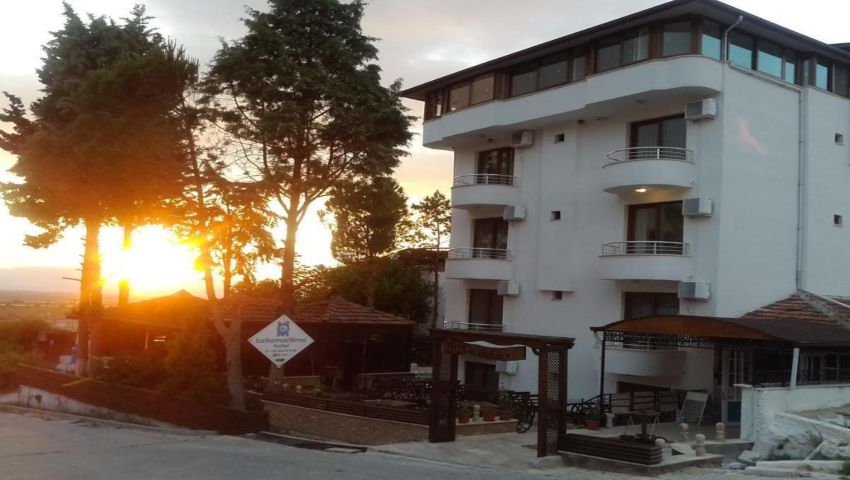
Venus Suite Hotel
Venus Suite Hotel is a family-run hotel located in the picturesque town of Pamukkale, which offers a home-like feel. Newly rebuilt in 2015, the Venus Suite Hotel offers a garden patio, as well as an outdoor pool. The WiFi is free of charge. You can find free WiFi everywhere. Pamukkale’s centrum has a complimentary transfer service that gets people to the property in 30 minutes.
The hotel provides air conditioning, a kettle for making tea, a balcony, and a minibar in each room. Additionally, the accommodation includes with a shower, private bathroom, hairdryer, and bathrobes. You may enjoy city views from the accommodation as well as greenery views. In the event of an emergency, a safety deposit box is provided as well as ironing facilities.
